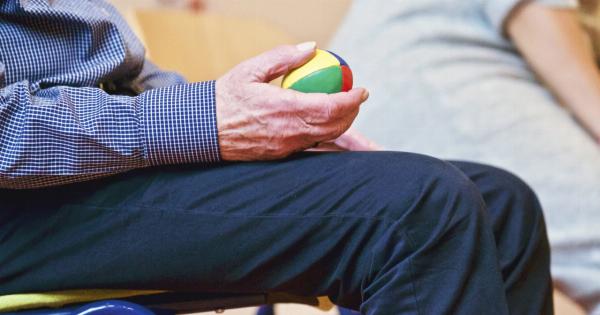Peripheral Arterial Disease (PAD) is a condition that occurs when there is a buildup of plaque in the arteries, leading to reduced blood flow to the limbs, mainly the legs.
It is a common circulatory problem that affects millions of people worldwide, particularly those who are older or have certain risk factors such as smoking, diabetes, high blood pressure, or high cholesterol.
Understanding the Symptoms of PAD
Peripheral Arterial Disease often goes undiagnosed as many people dismiss its symptoms as signs of aging or normal tiredness. However, it is crucial to pay attention to these symptoms as they provide a warning sign of an underlying health issue.
1. Leg Pain or Discomfort
One of the most common symptoms of PAD is intermittent claudication, which refers to pain or cramping in the legs that typically occurs during physical activity and subsides with rest.
The pain is often felt in the calf muscles but can also occur in the thighs or buttocks. This discomfort is caused by reduced blood flow and inadequate oxygen supply to the leg muscles.
2. Leg Numbness or Weakness
In addition to pain, individuals with Peripheral Arterial Disease may experience numbness or weakness in their legs. This sensation can make it difficult to walk or maintain balance, further impacting their quality of life and mobility.
3. Coldness or Pallor in Extremities
Decreased blood flow can result in decreased temperature in the affected limb. This can lead to coldness or a paleness in the legs or feet. The skin may also appear shiny or develop a bluish tint.
4. Slow Wound Healing
People with PAD may notice that wounds or sores on their feet or legs take longer to heal compared to those without the condition.
This delayed healing is due to compromised blood flow, which hampers the body’s ability to deliver necessary nutrients and oxygen to the damaged tissues.
5. Hair Loss on Legs
An unusual symptom of Peripheral Arterial Disease is hair loss on the legs or feet. This occurs because insufficient blood supply restricts hair growth in the affected areas.
6. Non-Healing Ulcers
If PAD is left untreated, chronic wounds and ulcers may develop, particularly on the feet. These ulcers are often painful, slow to heal, and have the potential to become infected.
7. Weak or Absent Pulse
Another characteristic sign of PAD is a weak or absent pulse in the affected limb.
While palpable pulses are usually present in healthy individuals, the reduced blood flow associated with PAD can make it difficult to feel the pulse at the affected site.
8. Erectile Dysfunction in Men
Men with Peripheral Arterial Disease may experience erectile dysfunction (ED) as a result of reduced blood flow to the penile arteries. ED can significantly affect the individual’s overall well-being and quality of life.
9. Gangrene
In severe cases of untreated PAD, critical limb ischemia can occur, leading to tissue death or gangrene. Gangrene is a serious condition that requires immediate medical attention and may result in amputation if left untreated.
10. Poor Nail Growth
Impaired blood flow can also affect nail health. Individuals with PAD may notice slow or poor growth of nails on their toes.
Conclusion
Peripheral Arterial Disease is a potentially serious condition that often presents with subtle symptoms.
Recognizing and paying attention to these image-based symptoms can help individuals seek early medical intervention and prevent the condition from worsening. If you or someone you know experiences any of these symptoms, it is important to consult a healthcare professional for an accurate diagnosis and appropriate treatment.





























